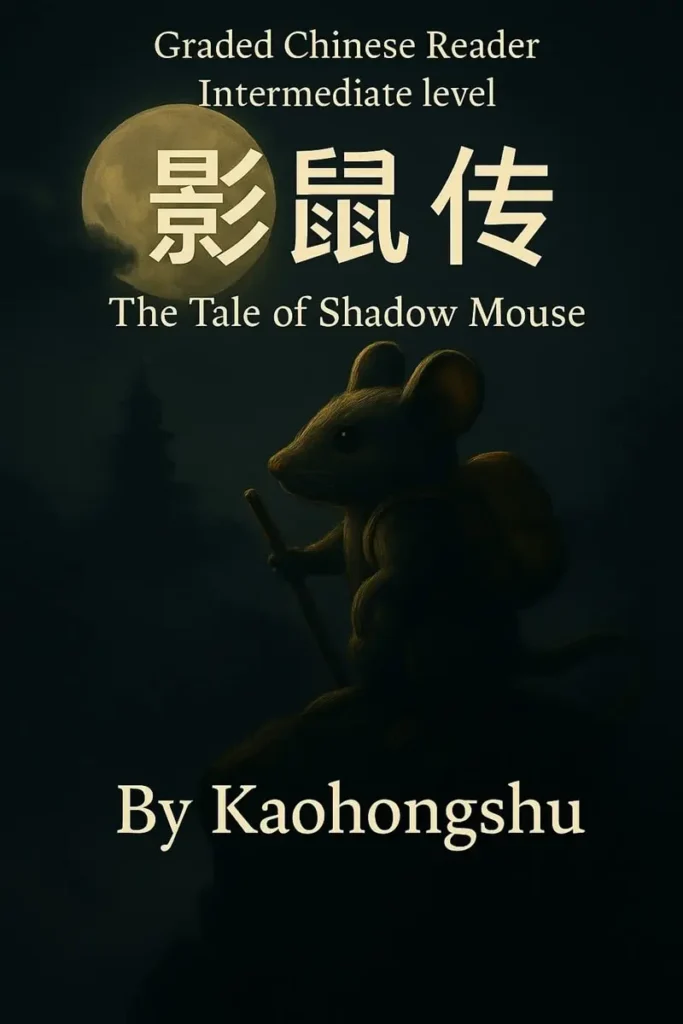You want to know how to say ‘Chinese Language’ in Chinese? This is a in-depth guide to the name and nuances that should answer all your questions.
When exploring the fascinating world of languages, many people naturally wonder how to refer to different tongues in their native terms. Among the most common queries is, “How do you say ‘Chinese language’ in Chinese?” While the answer may seem straightforward, it involves a rich cultural and linguistic landscape that is worth exploring and which can’t be revealed fully, even by the best Chinese dictionary apps. In this blog post, we’ll dive into the various ways to refer to the Chinese language, the historical and cultural nuances behind these terms, and why understanding these distinctions matters.

The basic terms: 汉语 (Hànyǔ) and 中文 (Zhōngwén)
To start, there are two primary ways to say “Chinese language” in Chinese: 汉语 (Hànyǔ) and 中文 (Zhōngwén). Both terms are commonly used, but they carry slightly different connotations and are used in various contexts. These are not always properly explained by Chinese language teachers.
汉语 (Hànyǔ)
The term 汉语 (Hànyǔ) directly translates to “Han language.” The Han people make up the largest ethnic group in China, and their language has become the standard form of communication in the country. Therefore, 汉语 (Hànyǔ) refers specifically to the language spoken by the Han ethnic majority. This term often emphasizes spoken aspects of the language and is commonly used in formal or educational settings. For example, 汉语 is a term you’ll frequently encounter in Chinese language courses, academic discussions, and linguistic research.
中文 (Zhōngwén)
On the other hand, 中文 (Zhōngwén) translates to “Chinese text” or “Chinese script.” This term is broader and encompasses not only the spoken language but also the written Chinese language. 中文 (Zhōngwén) is often used in a more general context, covering both the written characters 汉字 (hànzì) and the cultural aspects of the language. This term is widely used in everyday conversations, media, Chinese news and cultural contexts, and it often implies the standard written form used in Mainland China, Taiwan, and other Chinese-speaking regions like Singapore, Malaysia and Indonesia.
Regional variations: 普通话 (Pǔtōnghuà) and 国语 (Guóyǔ)
China is a vast country with numerous dialects – Cantonese, Shanghainese and Hokkien to name a few – and languages spoken across its regions. As such, the terms used to describe the standard language can vary. Two important terms to understand are 普通话 (Pǔtōnghuà) and 国语 (Guóyǔ).
普通话 (Pǔtōnghuà)
普通话 (Pǔtōnghuà), meaning “common speech,” is the term used in Mainland China to refer to the standardized form of the Chinese language, also known as Mandarin. It is based on the Beijing dialect (but is not the same!) and serves as the official language of the country. 普通话 is taught in schools and used in government, media, and everyday communication to ensure mutual understanding across the diverse linguistic landscape of China.
国语 (Guóyǔ)
In Taiwan, the standard language is referred to as 国语 (Guóyǔ), which translates to “national language.” While 国语 and 普通话 are essentially the same in terms of spoken language, the term 国语 is preferred in Taiwan and certain overseas Chinese communities. This distinction highlights regional preferences and cultural identities within the broader Chinese-speaking world.

Understanding the nuances: Why these differences matter
Understanding these terms and their nuances is not just an academic exercise; it also sheds light on the rich cultural and historical context of the Chinese language. The choice of term can indicate a speaker’s regional background, political stance, or cultural identity.
For example, using 汉语 may emphasize a connection to the Han ethnic group, while 中文 might be used in a context that includes not only Han culture but also the broader spectrum of Chinese-speaking communities. Similarly, the choice between 普通话 and 国语 can signal whether the speaker is from Mainland China or Taiwan, reflecting subtle political and cultural distinctions.
The global impact of the Chinese language
The Chinese language, in its various forms, is not only a significant part of China’s cultural heritage but also an increasingly influential global language. As China continues to grow as an economic and cultural powerhouse, the ability to understand and communicate in Chinese becomes more valuable. Whether you’re interested in business, travel, or cultural exchange, knowing how to correctly refer to the Chinese language is a small but meaningful step towards greater cultural competence.

Conclusion: more than just a name
In summary, the question “How do you say ‘Chinese language’ in Chinese?” opens the door to a world of linguistic and cultural exploration. Whether you say 汉语 (Hànyǔ), 中文 (Zhōngwén), 普通话 (Pǔtōnghuà), or 国语 (Guóyǔ), you are not just referring to a language but also engaging with the rich tapestry of Chinese culture and identity. Understanding these terms and their contexts enriches your appreciation of this ancient and complex language, making you a more informed and sensitive global citizen.
So, the next time someone asks you how to say “Chinese language” in Chinese, you’ll not only know the answer but also the rich meaning behind each term.










